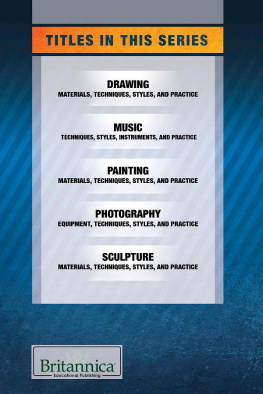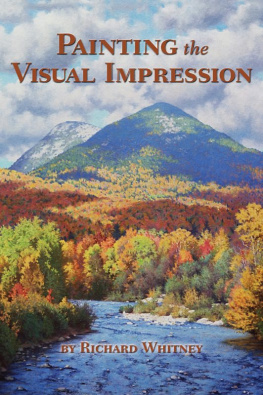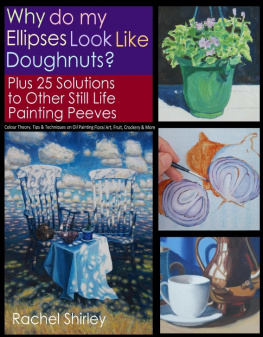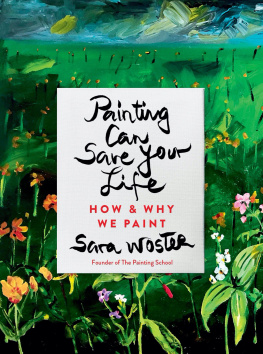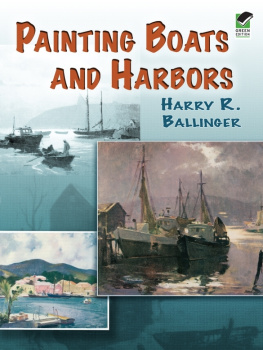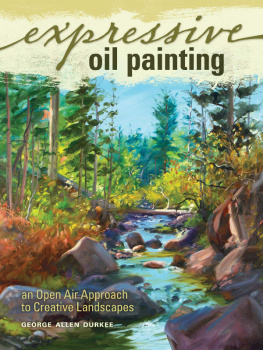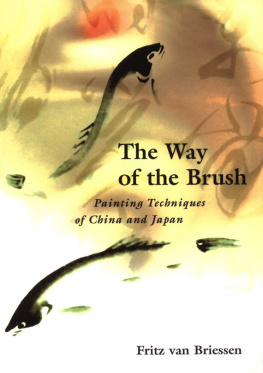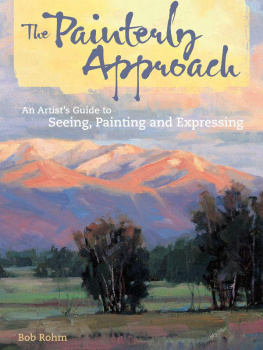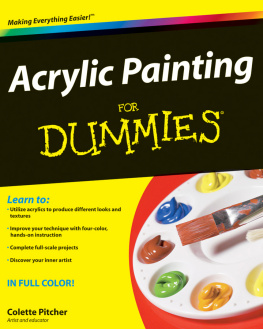Published in 2017 by Britannica Educational Publishing (a trademark of Encyclopdia Britannica, Inc.) in association with The Rosen Publishing Group, Inc.
29 East 21st Street, New York, NY 10010
Copyright 2017 by Encyclopdia Britannica, Inc. Britannica, Encyclopdia Britannica, and the Thistle logo are registered trademarks of Encyclopdia Britannica, Inc. All rights reserved.
Rosen Publishing materials copyright 2017 The Rosen Publishing Group, Inc. All rights reserved
Distributed exclusively by Rosen Publishing.
To see additional Britannica Educational Publishing titles, go to rosenpublishing.com.
First Edition
Britannica Educational Publishing
J.E. Luebering: Executive Director, Core Editorial
Anthony L. Green: Editor, Comptons by Britannica
Rosen Publishing
Kathy Kuhtz Campbell: Senior Editor
Nelson S: Art Director
Michael Moy: Designer
Cindy Reiman: Photography Manager
Nicole Baker: Photo Researcher
Supplementary material by Denis E. McGuinness
Library of Congress Cataloging-in-Publication Data
Names: McGuinness, Denis E. editor.
Title: Painting : materials, techniques, styles, and practice / Edited by Denis E. McGuinness.
Description: New York : Britannica Educational Pub. in Association with Rosen Educational Services, 2017. | Series: Britannicas Practical Guide to the Arts | Includes bibliographical references and index.
Identifiers: LCCN 2015046452 | ISBN 9781680483635 (ebook)
Subjects: LCSH: PaintingTechniqueJuvenile literature. | Artists materialsJuvenile literature.
Classification: LCC ND1471 .P355 2016 | DDC 751.4dc23
LC record available at http://lccn.loc.gov/2015046452
Photo credits: Cover (inset images, from left) George Dolgikh/Shutterstock.com, avs/Shutterstock.com, bikeriderlondon/Shutterstock.com; cover (background), p. i lady.diana/Shutterstock.com; pp. iii, viii-ix (background) maxim ibragimov/Shutterstock.com; p. ix (inset) Munson-Williams-Proctor Arts Institute/Art Resource, NY; pp. 1, 67 Getty Images; p. 3 Photograph, courtesy of GiraudonArt Resource, New York; pp. 9. 11,15, Encyclopdia Britannica, Inc.; p. 17 DEA Picture Library/Getty Images; 35 Foto Marburg/Art Resource, New York; p. 41 Apic/Hulton Fine Art Collection/Getty Images; p. 43 ullstein bild/Getty Images; p. 44 Courtesy of the Victoria and Albert Museum, London. Photograph, John Webb; p. 47 Sean Gallup/Getty Images; p. 52 Board of Trustees of the National Museums and Galleries in Merseyside (Walker Art Gallery Liverpool); pp. 54, 57 Mondadori Portfolio/Getty Images; p. 59 Javier Snchez/Moment/Getty Images; p. 62 Library of Congress, Washington, D.C. (neg. no. LC-USZ62-117437); p. 72 Museo Thyssen-Bornemisza/Scala/Art Resource, NY; p. 83 SuperStock/Getty Images; p. 90 Jason Kempin/Getty Images; p. 95 SCALA/Art Resource, New York; p. 97 Mario Tama/Getty Images; p. 103 Courtesy of the Victoria and Albert Museum, London; p. 107 Photos.com/Thinkstock; p. 109 National Palace Museum, Taipei, Taiwan; pp. 140, 164 Universal History Archive/Universal Images Group/Getty Images; p. 145 Courtesy of the Rijksmuseum, Amsterdam; on loan from the City of Amsterdam; p. 151 Image 2004 Board of Trustees, National Gallery of Art, Washington, D.C., Widener Collection, photograph, Richard Carafelli; p. 159 Courtesy of the Albertina, Vienna; p. 174 Galleria Sabauda, Turin, Italy/Bridgeman Images; p. 178 P. Chandra; p. 182 small_frog/E+/Getty Images; back cover and interior pages stripe pattern Eky Studio/Shutterstock.com; additional cover and interior page border patterns and textures Dragana Jokmanovic//Shutterstock.com, somchaiP//Shutterstock.com, Alina G//Shutterstock.com, Pattanawit Chan//Shutterstock.com
CONTENTS
T he fine arts are modes of expression that use skill or imagination in the creation of aesthetic objects, environments, or experiences that can be shared with others. Traditional categories within the arts include literature, visual arts (painting, drawing, sculpture, etc.), graphic arts (painting, drawing, design, and other forms expressed on flat surfaces), plastic arts (sculpture, modeling), decorative arts (enamel work, furniture design, mosaic, etc.), performing arts, music, and architecture. The fine art of painting is as varied as the life from which it springs. Each artist portrays different aspects of the world. A great artist is able to take some aspect of life and give it depth and meaning. To do this he or she will make use of the many devices common to painting. These devices include composition (the arrangement of the objects within a picture), colour, form, and texture.
A painter does not always need handsome and attractive subjects. Often an ordinary subject is transformed through artistry. The painting November Evening by American artist Charles Burchfield depicts simple homes and stores typical of many crossroads towns in the Midwest in the 1930s. Beyond the buildings stretches the vast prairie set against a single human figure. A dark autumn sky covers the landscape.
Burchfield has given the scene dignity through his honest and open treatment. He has not tried to make the picture pretty by hiding the poor proportions of the buildings or their ungainly grouping. By stressing the contrast between the huddled buildings and the great open spaces surrounding them, he gives a feeling of warm human companionship. Land and sky rule the lives of the people in this little community. The buildings reflect the curve of the swell of land on which they rest, as the windows reflect the light of the evening sky. Yet, for all its awkwardness and clumsiness, the town still maintains a simple dignity.
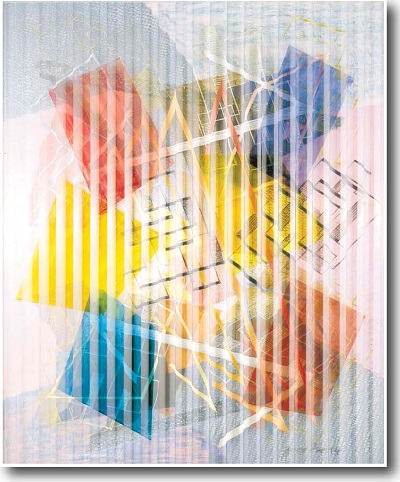
I. Rice Pereiras Vacillating Progression (1949) is an abstract work in which the artist applied oil and plastic paints on glass.
Hopscotch (1940) is another painting of an unexpected subject. American painter Loren MacIver has set down on canvas a small fragment of the worlda patch of asphalt on which some children have been playing. From this simple source, she has discovered a world of wonder. The asphalt is no longer just a common material with which streets are paved but a substance of fascinating and varied shapes and rich textures. It is a playground for children. The regular chalked lines of the hopscotch are an interesting contrast to the free, irregular shapes of the pavement. In this small scene the observer also gets some hint of the forces of the world, especially of nature. The paving material has bubbled and eroded because of the action of sun, rain, and frost. MacIver has shown that even a commonplace subject has beauty.
Some artists use geometric or abstract forms, colours, and textures to create interest and meaning. Most music does not attempt to imitate natural sounds, and there is no reason why painting should always make use of nature. White Lines (1942), by American artist I. Rice Pereira, is an example of such nonobjective painting. Pereira has constructed her picture entirely with lines and rectangles of different shapes, sizes, colours, and textures. The rectangles appear on top of and next to each other. This is a study in patterns. Like music, it creates beauty from rhythm and harmony.
Briefly it may be said that artists paint to discover truth and to create order. They put into their pictures peoples common hopes, ideals, and passions, and show them their meaning and their value. Creators in all the arts make discoveries about the wonders and beauties of nature and the dignity and nobility of humankind. They give these an order that enables people to see and understand life with greater depth. Beauty generally results from order but as a by-product, not a primary aim. Not all works of art are beautiful.

